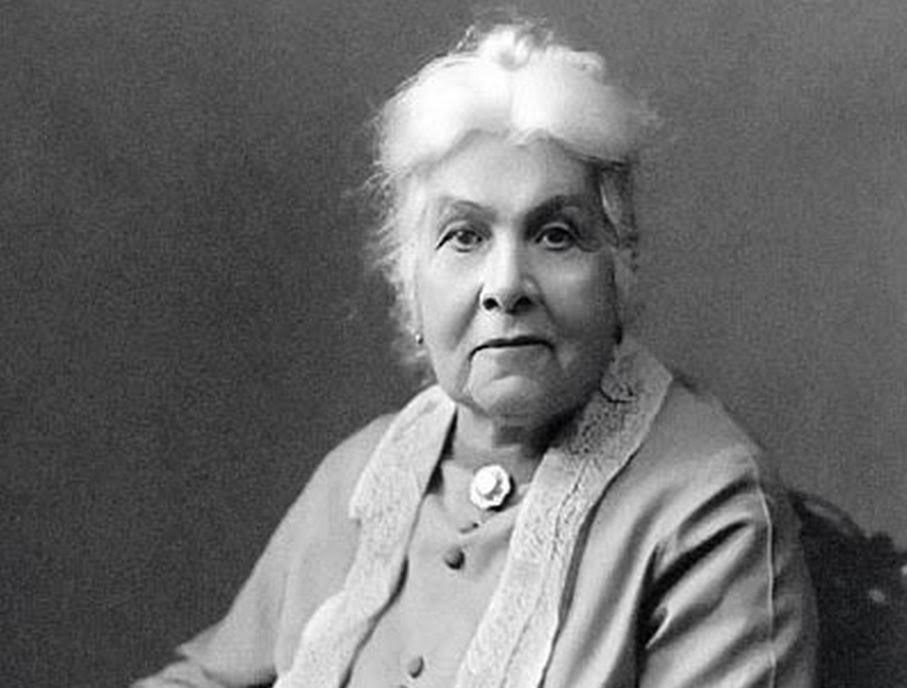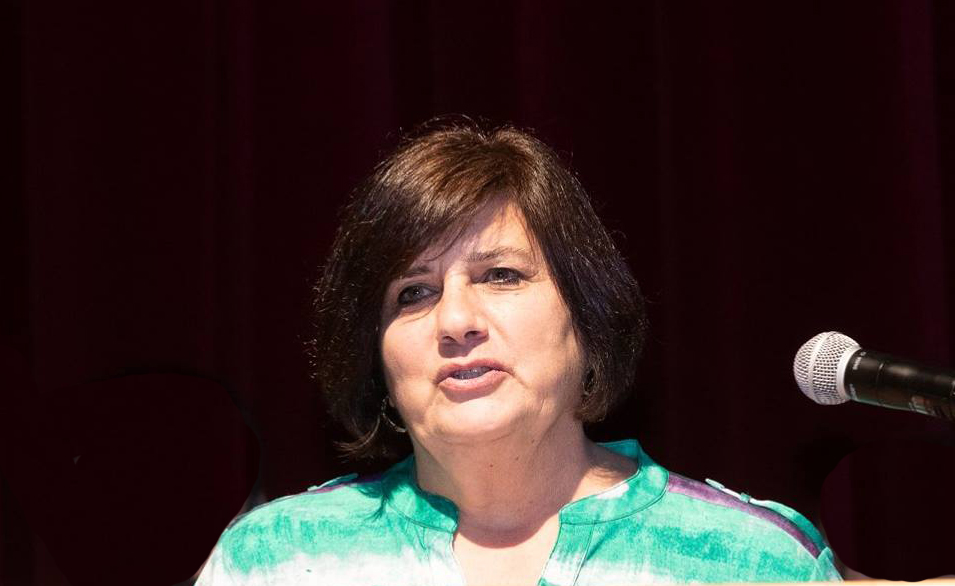
The seed that spurred the making of The Stateless Diplomat was the discovery of a box of papers in my uncle’s closet in 2002. It contained Diana Apcar’s books and some papers, which brought to mind several family stories. Growing up, I heard about Diana and had a sense of the respect her name garnered among family members, but I had no idea of the scope, neither of her accomplishments nor her contribution to the Armenian people. Although I was still working full-time as a landscape architect in San Francisco without much time to consider new interests, the seed was planted.
Inside the box, in addition to Diana’s books, was an unpublished manuscript of short stories. I shared the materials with my cousin Lucille Apcar, who published the manuscript. This led to a 2004 exhibition and presentation at the Armenian Cultural Foundation in Arlington, Massachusetts, where Diana was acknowledged and honored. It was clear there was more to Diana’s story. But who would delve into this history?
After the death of my mother and with my early retirement around the same time, I started my collection of materials regarding Diana Apcar. I found all of her books and scanned them to create a digital record. I had heard about her extensive correspondence with David Starr Jordan of Stanford University and visited the Hoover Institute during the summer of 2011. There were dozens of letters, mostly from Diana to Jordan; however, occasionally, Jordan had a carbon paper copy of his letter to her. At the Hoover Institute was the archive for American Red Cross in Vladivostok, for which Diana was named “manager of the Armenians”—another great discovery.
Then another cousin connected me to someone whose great-grandfather escaped the Genocide and traveled through Japan before coming to the United States. I contacted Bryan Bedrosian, and he shared Krikor Yeghoyan’s memoir with me. This was clearly another resource that needed to be explored. One conversation would lead to another and another, and soon I had four memoirs of Genocide survivors who traveled through Japan.
I wanted to find more refugees, to get a sense of the number of people she helped. Through ancestry.com I could access ship manifests of people traveling from Yokohama. I spent hours, which turned into days, which turned into weeks and eventually months, reviewing and sorting ship manifests and U.S. immigration documents to develop a list of Armenians who came through Japan. I would later learn that it was only due to Diana’s influence and connections to the Japanese government that enabled Armenian refugees to gain asylum in Japan; otherwise, they would have been stranded in Vladivostok or Harbin with no opportunity to leave.
I contacted Stephan Astourian of U.C. Berkeley and asked him what he knew of Genocide survivors traveling east across Siberia to Japan and the U.S., but he had nothing to offer me. If an informed Armenian scholar were unfamiliar with this phenomenon, then I would have no other resource than my own research to tell Diana’s story. But then, somewhat miraculously, I was connected to Meline Mesropyan, a young Armenian student in Japan pursuing her master’s and doctoral degrees on Diana Apcar. We shared documents and information and discussed critical points in our research. Meline found insightful Japanese documents revealing Diana’s significant influence, enabling her humanitarian work. Meline’s research was absolutely critical to understanding this story.
As the pieces started coming together, I realized that Diana’s contribution to Armenia and the Armenian people far exceeded anything I could have imagined. In a world where women rarely did anything outside of the home, Diana was an author, activist, humanitarian and diplomat. Using her own resources she helped hundreds (if not thousands) of destitute refugees. I needed to share this information with the largest possible audience; I realized film would be the most accessible medium to accomplish this task.
I was introduced to Arthur Muradyan and his wife Katia Rossikhina, who work together producing corporate marketing videos: he directs the films, and she writes the scripts. We worked together on and off to develop a narrative and conduct interviews. But the film needed to convey the pivotal moments in Diana’s life: her awakening to the Armenian cause, her spiritual vision prompting her into activism, her mental collapse and frustration as she foresaw the Genocide and her endless humanitarian work, personally helping hundreds of Genocide survivors. No one seemed to know these personal stories except me. Arthur suggested animation for these sequences—not conventional animation, but simple line drawings that unraveled similar to a Japanese scroll.
In January 2013 I discovered Lu Ke—an art student from China who had recently completed her Master of Fine Art at Pratt. She was the perfect fit, blending traditional Asian art into a digital format. She produced line drawings in Photoshop on multiple layers, which were then animated. Her scope expanded from drawing Diana’s personal history to illustrating the story of Genocide survivors who went east. The most descriptive memoir was Yeghoyan’s story, from which we extracted the pivotal moments of his life.
Work would stop and start, mostly due to funding and the lack thereof, but by the end of 2016, I was looking for an editor. Todd Dayton was another blessing—shrinking a two and a half hour script to 80 minutes, finding obscure archival footage and images and identifying a few missing elements. Todd worked full-time on the film for three months, over an 18-month period, but it was finally ready for the final touches of color and audio.
Trying to uncover Diana’s almost lost story has been both rewarding and awe-inspiring. I had heard of this family legend as a child but could never imagine her true contribution. Diana Agabeg Apcar’s accomplishments exceeded all reasonable expectations for one lifetime, and yet she did this as a single woman in a far-off land over 100 years ago. Her story had to be preserved and held-up as a model — an inspiration of faith and commitment to her country and her people. The Stateless Diplomat is my tribute to this true heroine.



This is a fascinating and important story. Bravo! Thank you for making this courageous, ingenious, compassionate woman’s story known.
Dear Mimi,
Wonderful little known info. My grandmother and Grandfather both from Sepastia surviving the genocide along with my father who was born along the way traveled across Russia and arrived in an Armenian refuge camp in Vladevostoc and then on to Japan, Ca.and finally west Springfield Ma. Love to know if any reference to the Ohnigian’s came up your research.
You did a great job presenting Diana’s story, Mimi. Congratulations.
Can you give some info about the film though. Where was it screened, how one can see it, etc.
It’s so good that you resurrected this heroic figure from our past. The film should be very informative, because one picture is worth a thousand words.
I look forward to seeing the film and learning about this remarkable woman. Thank you for making the fillm.
Helene, did you used to teach French at Waltham High School?